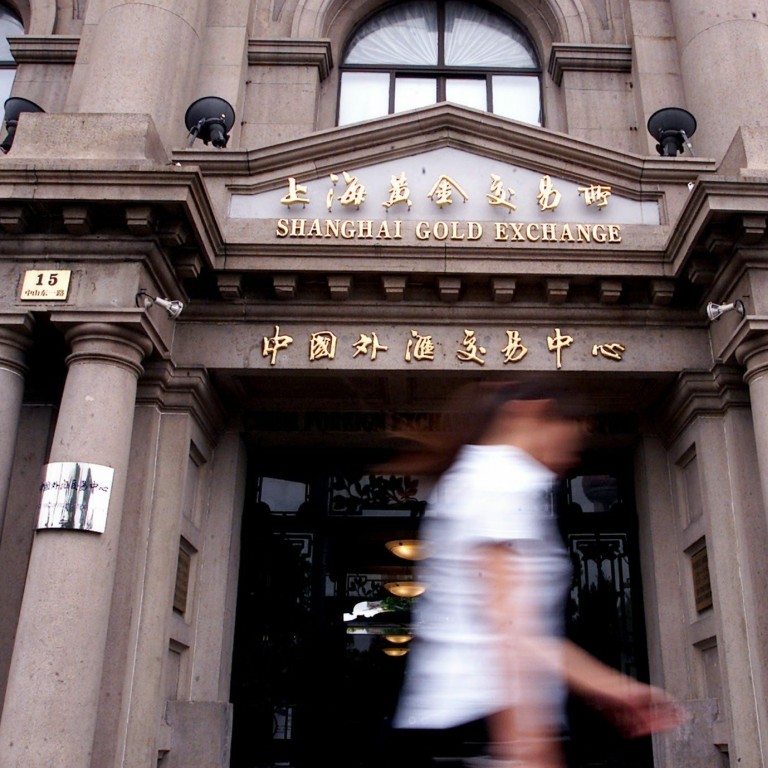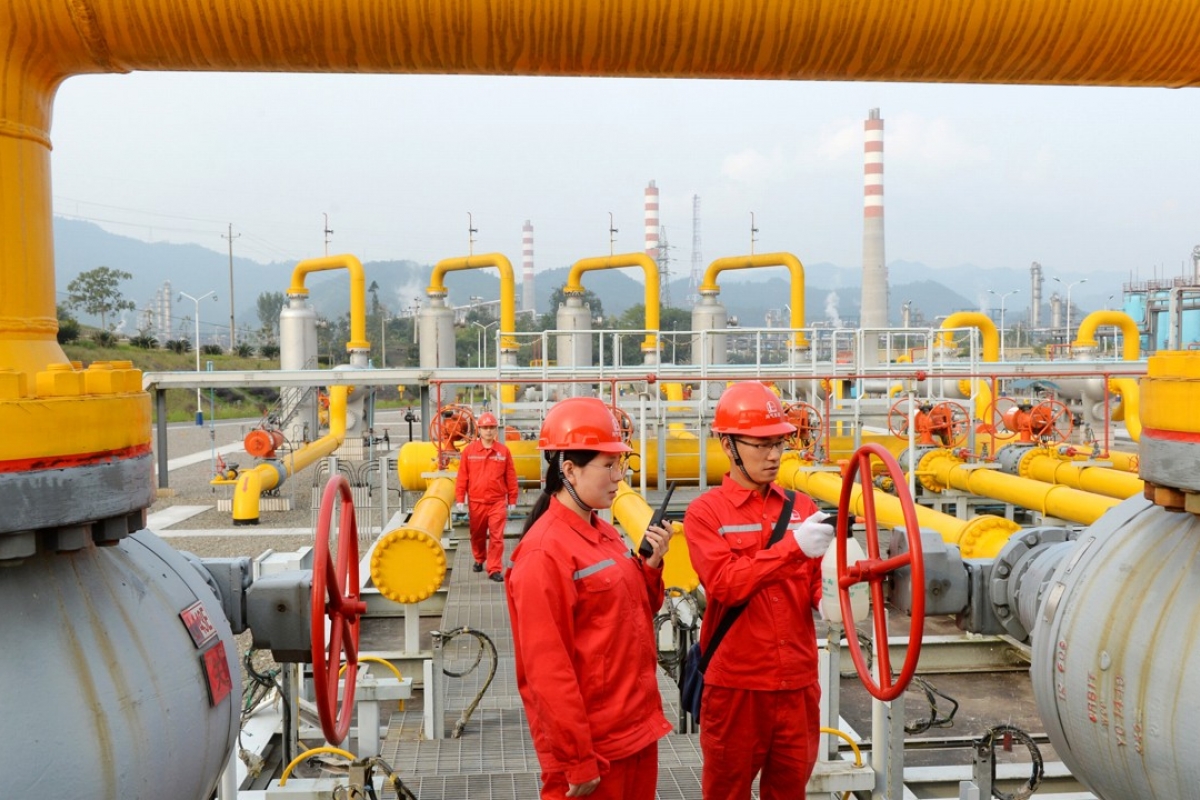Weakening export demand has increased pressure on the Chinese government to allow the last month’s yuan depreciation to become what is now a trend. The People’s Bank of China (PBOC) set the central parity rate, around which the currency is permitted to fluctuate on an intraday basis, at its weakest level since February 2011 this week.
For the U.S. Federal Reserve, weak Chinese growth and the still depreciating yuan still pose downside risk to the U.S. outlook. But risks arising from China are probably not concerning enough to prevent the Fed from raising its federal funds rate target range in the near future– if the U.S. job market continues to strengthen, activity indicators for the second quarter continue to pick up, and commodity prices along with other leading indicators of headline inflation continue to stabilize.
“As long as China and its exchange rate do not trigger another bout of global financial volatility, U.S. data will weigh more heavily on the Fed’s decision making than the Chinese equivalents,” William Adams, senior international economist at PNC Financial Services Group said on China’s latest PMI figures.
The Caixin general manufacturing PMI for China dropped to 49.2 in May from 49.4 in April. New orders and new export orders essentially worsened on the month. The CFLP manufacturing PMI for China managed to hold steady from April at 50.1 in May. New orders and new export orders both weakened slightly from April, to 50.7 and 50.0, respectively, from 51.0 and 50.1 in April.
Expectations for production and operating activities also moved down on the month, but were still trending at 55.9 and have improved somewhat sharply since February. In the first five months of 2016, production expectations averaged 56.2, pointedly higher than the 51.1 average in the second half of 2015.
Photo Credit: Agence France Presse/AFP








